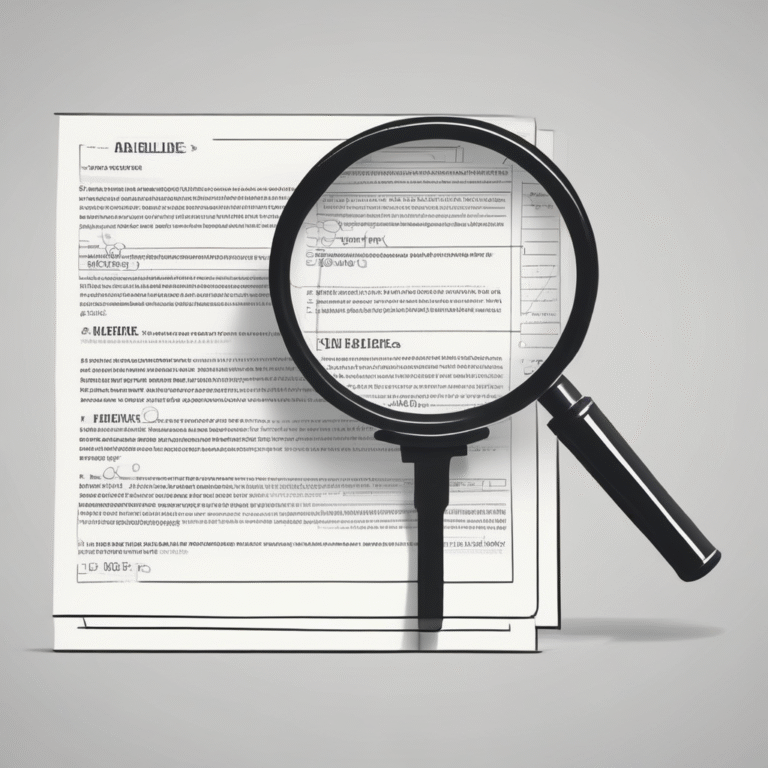Introduction to Model Drift
In the ever-evolving landscape of artificial intelligence, maintaining the accuracy and effectiveness of machine learning models, especially Large Language Models (LLMs), is a significant challenge. A primary concern is model drift, the phenomenon where a model’s performance degrades over time due to changes in the underlying data distribution. Understanding and implementing effective llm monitoring strategies is crucial to ensure AI systems remain relevant and accurate. This includes addressing types of drift such as data drift and concept drift, both of which can dramatically impact model performance.
Understanding Concept Drift
Concept drift refers to changes in the statistical properties of the target variable that a model is trying to predict. It can manifest as either gradual drift, where changes occur slowly over time, or sudden drift, where abrupt changes in data distribution challenge the model’s adaptability. This drift can significantly impact systems like Vision-Language Models, which rely on consistent multi-modal data.
Real-World Examples and Case Studies
- Financial Sector: During the pandemic, financial models experienced unprecedented model drift due to sudden market changes and regulatory shifts. Continuous monitoring and updating were necessary to maintain accuracy in credit assessments and trading decisions.
- Healthcare: In the medical field, predictive models for diagnosing conditions such as sepsis must be retrained with new data to adapt to evolving medical practices and patient demographics.
Technical Explanations and Step-by-Step Guides
Monitoring Model Performance
An effective llm monitoring strategy involves using various metrics to track model performance over time. Metrics such as accuracy, F1-score, and A/B testing can help identify when a model begins to drift from its original performance benchmarks.
Retraining Strategies
To combat model drift, different retraining strategies can be employed:
- Periodic Retraining: Regularly scheduled retraining sessions ensure models are updated with the latest data.
- Performance-Based Retraining: Models are retrained when performance metrics fall below a predefined threshold.
- Data-Change-Based Retraining: Retraining is triggered by significant changes in the input data distribution.
Actionable Insights
Best Practices for Model Monitoring
Implementing continuous monitoring and feedback loops is essential for effective llm monitoring. This involves setting up automated systems to track performance metrics and alerting data scientists to potential drift.
Tools and Platforms for Model Adaptation
Several tools are available to assist with model adaptation and monitoring:
- Neptune.ai: A platform for managing model metadata and performance metrics.
- Fiddler AI: Provides real-time data drift detection and model explainability features.
Challenges & Solutions
Challenges
- Data Quality Issues: Changes in data schema and quality can significantly impact model performance, leading to drift.
- Model Staleness: Over time, models may become stale if not regularly updated with new data.
Solutions
- Continuous Training and Testing: Regular updates and testing ensure models remain relevant and accurate.
- Adaptive Model Architectures: Designing models capable of adapting to changing data distributions enhances longevity and performance.
Latest Trends & Future Outlook
Recent Developments
Recent advancements in continual learning and adaptive response updating have shown promising results in maintaining model performance without significant increases in model size. Companies like DeepMind are at the forefront of this research, focusing on enhancing model efficiency and sustainability.
Future Trends
- Autonomous Model Adaptation: The future of AI includes developing models that can autonomously adapt to new environments and data changes.
- Ethical Considerations: Ensuring model adaptations align with ethical standards and fairness principles will be crucial as AI continues to evolve.
Conclusion
Mastering llm monitoring is essential for navigating the challenges of model drift and ensuring AI systems can adapt to a changing landscape. By focusing on continuous learning, efficient resource allocation, and dynamic adaptation, organizations can maintain the effectiveness of their AI models. Prioritizing sustainability, efficiency, and collaboration will be key to overcoming the challenges posed by model drift, ensuring that AI systems remain relevant and effective in the face of evolving data and environments.










